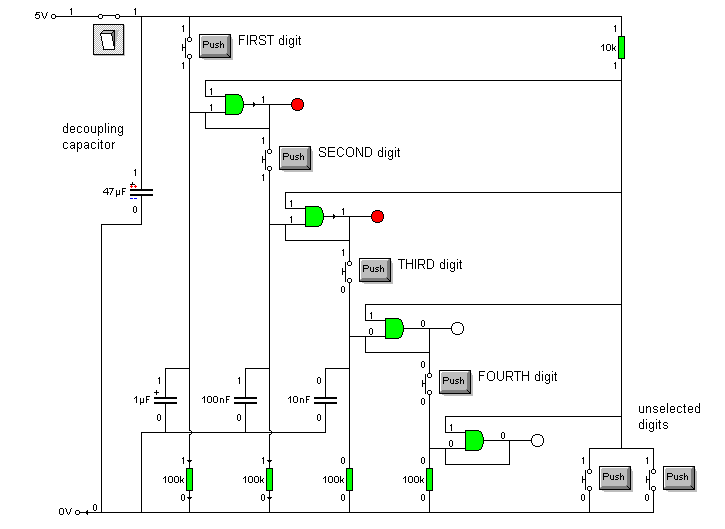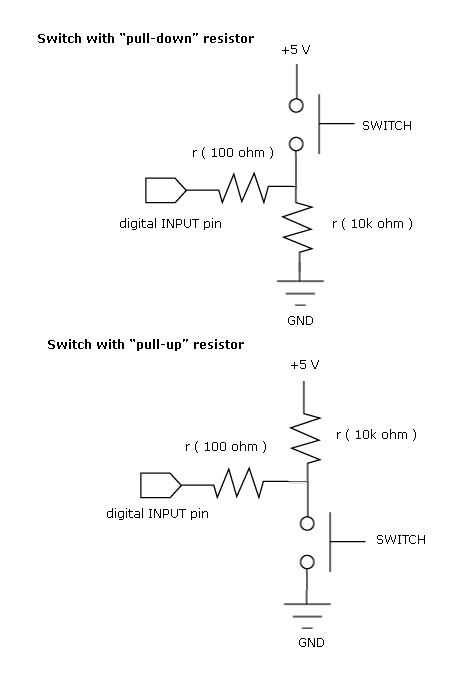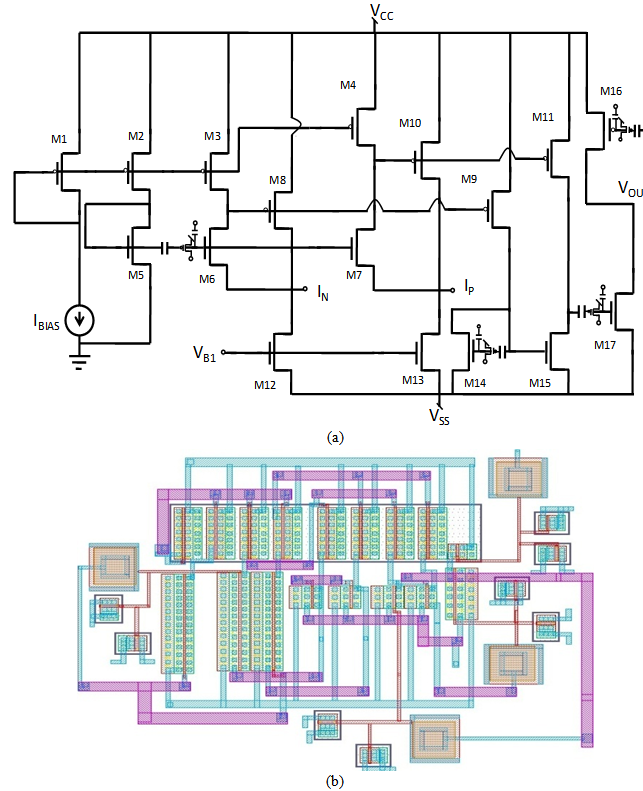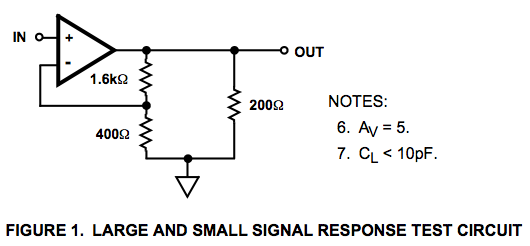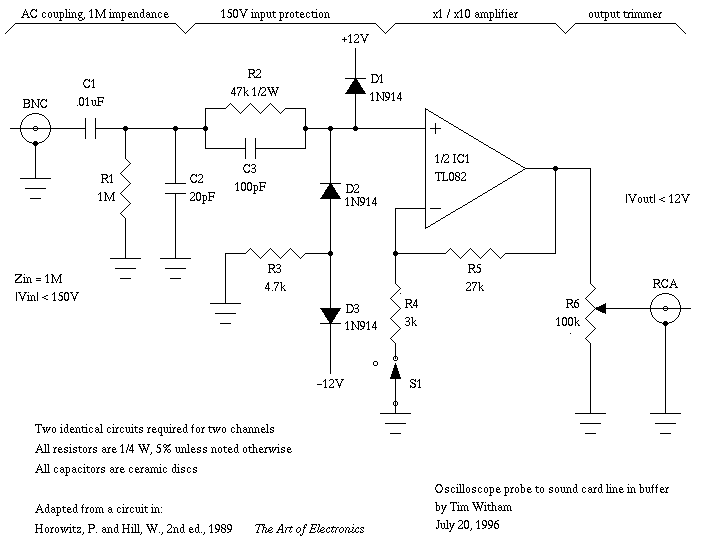
opto isolator Optotriac+triac: how do I calculate the gate resistor
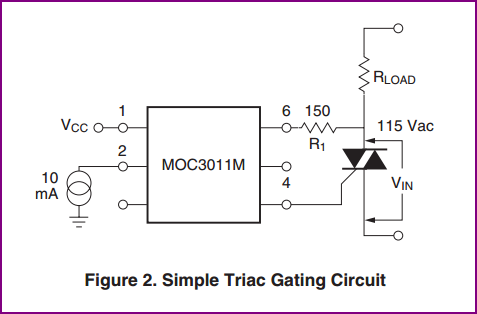
A small circuit is being constructed to control a 200W heater using a MOC3023 optoisolator and a BT136 triac. The datasheet for the optotriac suggests a specific circuit configuration. The inquiry pertains to the determination of the 180-ohm resistor value, noting that it conducts for a brief period. Clarification is sought regarding the validity of this resistor value for both 230VAC and 12VAC applications, as well as the suitability of a 1/4W resistor.
The circuit involves using the MOC3023 optoisolator to drive the BT136 triac, which is responsible for switching the 200W heater on and off. The MOC3023 is designed to provide electrical isolation between the control circuit and the high voltage heater circuit, ensuring safety and reliability. The BT136 triac is capable of handling the power requirements of the heater, making it suitable for this application.
In determining the value of the 180-ohm resistor, several factors must be considered, including the forward current of the optoisolator's LED and the gate triggering current of the BT136. The resistor value is calculated using Ohm's law, taking into account the supply voltage and the desired current through the LED. The brief conduction time of the optoisolator is adequate for triggering the triac, as it allows for the necessary gate current to flow, enabling the BT136 to latch and control the heater.
Regarding the suitability of the 180-ohm resistor for both 230VAC and 12VAC, it is essential to analyze the circuit's operation under different voltage levels. The resistor should be capable of handling the power dissipation without exceeding its rated wattage. A 1/4W resistor may be appropriate if the calculated power dissipation remains below this threshold. However, it is advisable to verify the resistor's power rating based on the actual circuit conditions to ensure reliable operation.
In summary, the circuit effectively utilizes the MOC3023 and BT136 to control a 200W heater, with careful consideration given to the resistor value and power ratings to ensure safe and efficient operation across different voltage levels.Building a small circuit to turn on/off a 200W heater. I am using a MOC3023 and a BT136. At the datasheet of the the optotriac, this circuit is recommended: My question is how is the 180Ohm resistor value determined. I understand that it conducts for a very short time, but not much more. Is this a valid value for both 230VAC and 12VAC Is 1/4W resistor always fuitable 🔗 External reference
The circuit involves using the MOC3023 optoisolator to drive the BT136 triac, which is responsible for switching the 200W heater on and off. The MOC3023 is designed to provide electrical isolation between the control circuit and the high voltage heater circuit, ensuring safety and reliability. The BT136 triac is capable of handling the power requirements of the heater, making it suitable for this application.
In determining the value of the 180-ohm resistor, several factors must be considered, including the forward current of the optoisolator's LED and the gate triggering current of the BT136. The resistor value is calculated using Ohm's law, taking into account the supply voltage and the desired current through the LED. The brief conduction time of the optoisolator is adequate for triggering the triac, as it allows for the necessary gate current to flow, enabling the BT136 to latch and control the heater.
Regarding the suitability of the 180-ohm resistor for both 230VAC and 12VAC, it is essential to analyze the circuit's operation under different voltage levels. The resistor should be capable of handling the power dissipation without exceeding its rated wattage. A 1/4W resistor may be appropriate if the calculated power dissipation remains below this threshold. However, it is advisable to verify the resistor's power rating based on the actual circuit conditions to ensure reliable operation.
In summary, the circuit effectively utilizes the MOC3023 and BT136 to control a 200W heater, with careful consideration given to the resistor value and power ratings to ensure safe and efficient operation across different voltage levels.Building a small circuit to turn on/off a 200W heater. I am using a MOC3023 and a BT136. At the datasheet of the the optotriac, this circuit is recommended: My question is how is the 180Ohm resistor value determined. I understand that it conducts for a very short time, but not much more. Is this a valid value for both 230VAC and 12VAC Is 1/4W resistor always fuitable 🔗 External reference
